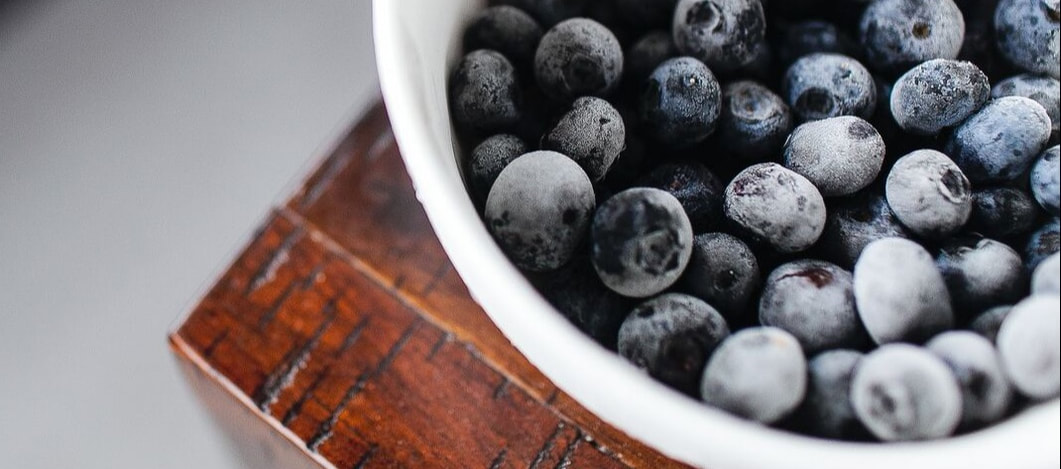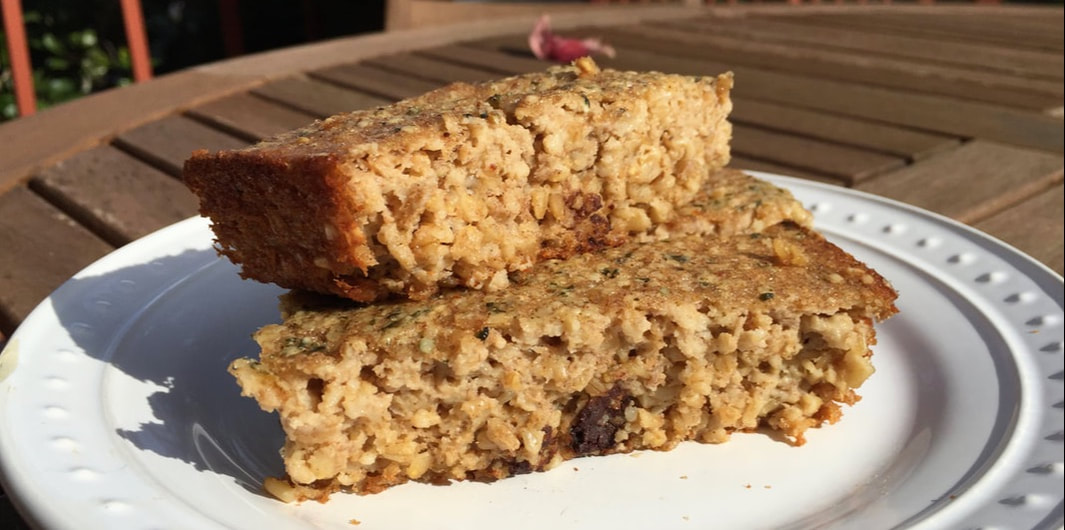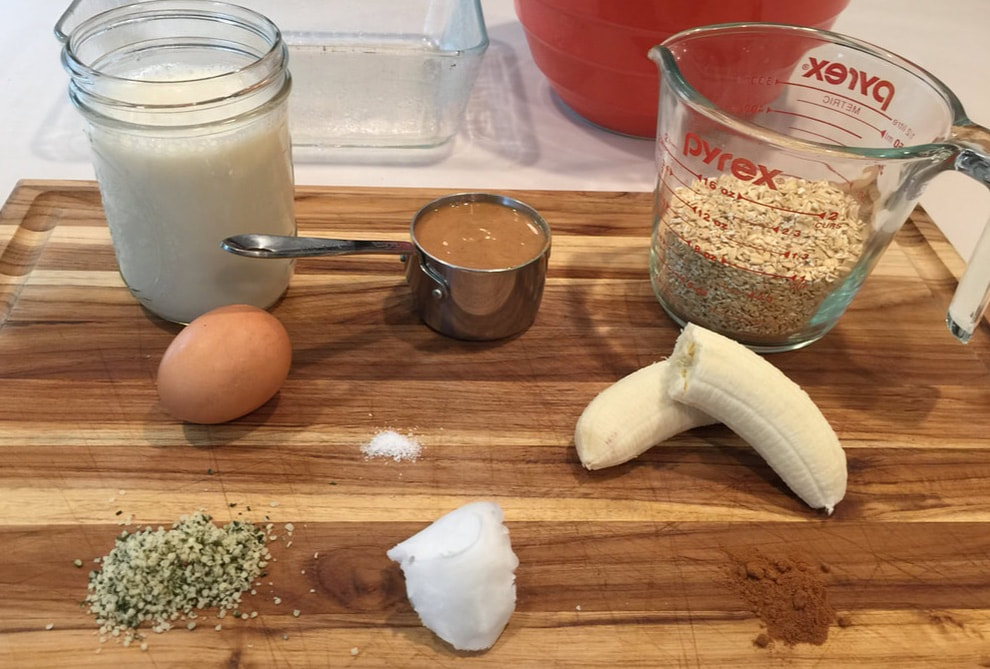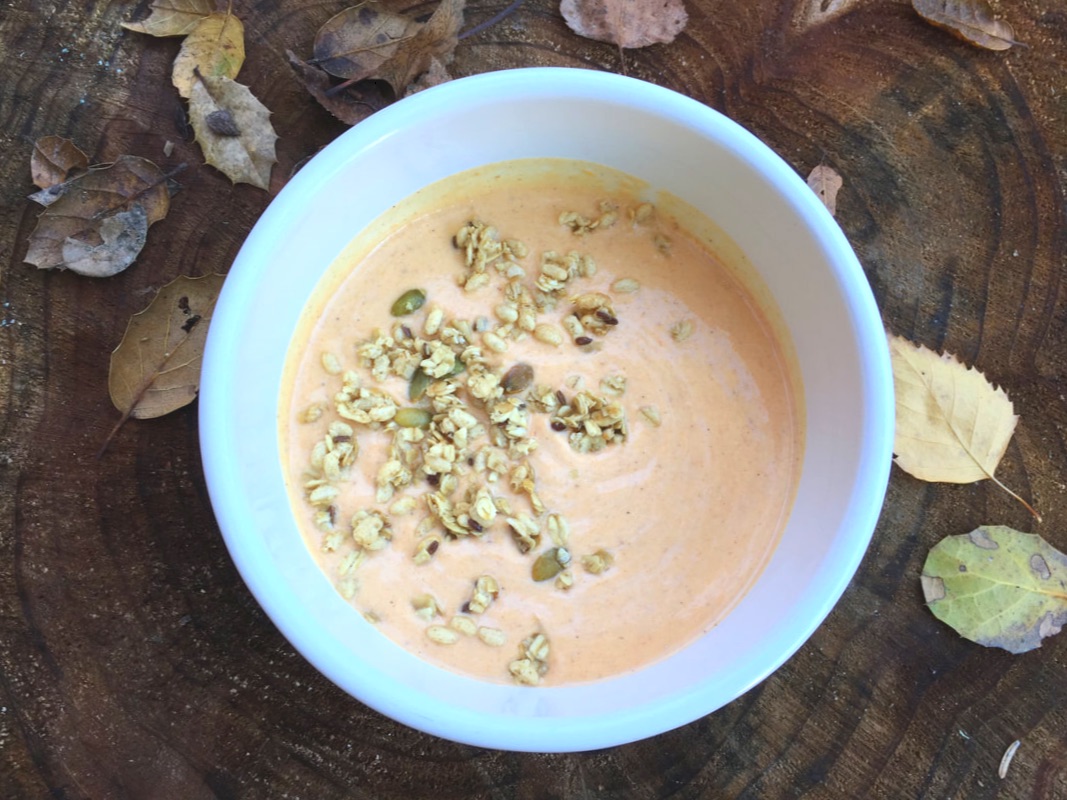GUILTLESS spring BAKING - {LOW CARB} Carrot Cake + {PALEO} {LOW CARB} Chocolate Beet Donuts4/26/2019 I promised awhile back that I would post a couple of recipes. Sorry it took so long...it has taken abit to catch up to spring. In Northern California, the rain has lingered for far to long. The sun is finally shining and it is the perfect weather for these guilt free treats, since they are VEGGIE-FILLED, GRAIN-FREE, PROCESSED SUGAR-FREE, MOIST and ohh-sooo yummy!!! Your kids will be asking for more...mine do!{LOW CARB} MOIST CARROT CAKE
CAKE INGREDIENTS 1/2 cup of Golden Flax meal 1/2 cup of Coconut Flour 1/2 cup Almond Flour 3 tsp Cinnamon 3/4 tsp Baking Soda 2 tsp Baking powder 1/4 tsp Salt 3/4 cup low carb sweetener of choice 1/2 cup Coconut Oil, melted 2 Tsp Vanilla Extract 3 eggs 1 Cup Hot Water 1 Cup grated Carrots Optional - 1/4 Cup Walnuts, chopped FROSTING 16 ounces cream cheese, softened 5 Tbsp low carb sweetener of choice 1/8 tsp Cinnamon 5 Tbsp heavy whipping cream METHOD: Preheat oven to 350. In a large mixing bowl, mix all the dry cake ingredients together. Add melted coconut oil, vanilla, eggs, hot water and carrots and mix well. Stir in chopped nuts(if using). Cut a circle of parchment paper to place in the bottom of each 6" circle cake pan, then spray the sides of the pan with coconut oil spray. Divide batter between 4 6" round cake pans (it may be thick). Bake in preheated oven for 23-25 minutes, or until center top of cake is dry. Allow cake to completely cool. Remove cakes from pans. Beat softened cream cheese until fluffy. Add sweetener and heavy whipping cream and beat for 1-2 minutes. Fold in cinnamon. Spread half the frosting onto top of one of the round cakes. Place the second cake on top and add remaining frosting to the top of that cake. *Recipe can also be divided into 2 8" round pans {PALEO} {LOW CARB} CHOCOLATE BEET (RED VELVET) DONUT INGREDIENTS 2 med. red beets, cooked and peeled ⅓ cup milk of choice 1 cup almond flour 1 cup sweetener of choice ½ cup cacao powder ⅓ cup tapioca flour ½ teaspoon baking soda ½ teaspoon baking powder ½ teaspoon sea salt 2 eggs room temperature ¼ cup coconut oil, melted 1 tsp vanilla extract Method: Preheat oven to 350ºF and lightly grease a donut pan with coconut oil. Place the beets in a blender along with the non-dairy milk (I used almond milk). Blend until smooth and set aside. In a large mixing bowl, combine the almond flour, sweetner, cacao powder, tapioca flour, baking soda, baking powder, and salt. Whisk all dry ingredients together. In a separate mixing bowl, whisk the eggs, coconut oil and vanilla extract together. Whisk in the pureed beet mixture. Pour the wet ingredients into the mixing bowl with the dry ingredients and stir until combined. Use a piping bag/ziplock bag with the tip cut off and pipe the batter into the pan. Bake for 10-12 minutes. Let cool completely before carefully removing from the pan. Repeat with remaining batter. *If you don't have a donut pan, you can bake these in a muffin or mini muffin pan. Adjust baking time as necessary. Enjoy!
0 Comments
When I first moved out on my own in my twenties, all I knew how to cook was pasta...no vegetables. No joke...I ate it almost every night! As I got older I started experimenting. Living in San Francisco opened up my eyes to so many different types of cuisines...living in California opened my eyes to such amazing fresh and local fruit and vegetables. I couldn't not try. After awhile, I realized that I liked to cook. So I started exploring new ingredients and I tried new recipes. Then over the years I grew a passion for cooking and feeding others...especially with healthy cooking! No don't get me wrong, there have been a lot of epic fails along the way...like my first dinner party. I had planned this super gourmet saffron scallop dish. Ohh it looked so good in the cookbook. And it looked simple - i mean it was just scallops. Well, I quickly found out that I had no understanding for these ingredients or how to meal prep. After being in the kitchen cooking for hours, I final served the dinner at 11pm. We were ravenous, but excited to finally dig in. From that day forward I vowed to meal prep and plan better!!! Thankfully, there have also been lots of wins. The biggest, and most profound was just recently when I asked my kids what their favorite thing about me was (...and, yes, I was most definitley fishing for a compliment - as all parents need to do once in a while), to my surprise, they both answered that it was my cooking!!! That is huge since I am constantly add more greens and vegetables to everything they eat!!! After my 20 year exploratory cooking journey, I have learned lots of lessons along the way as well as gathering some key points. Here are my 17 KEYS TO HEALTHY COOKING. 1. FRESH IS BEST
6. USE A TIMER.
12. MISTAKES ARE OKAY.
Which of these keys do you follow? HEALTHY, EASY BREAKFAST BARS ON THE GO So if you are like me, and have a crazy busy morning trying to get yourself and everyones else ready for the day and out of the house ON-TIME with a healthy breakfast under your belt...then you have to try these Breakfast Bars! I love eggs and smoothies in the morning, but sometimes I just need an already made ready-to-go meal...so I came up with this - ALMOND BUTTER & BANANA OAT BARS. These bars are so nutritional balanced, you will start your day with a good source of fiber from the oats, wonderful protein from the hemp seeds and almond butter and naturally sweetened from the banana and maple syrup so you want get the sugar dip later in the day. These are a must try!! Too many people skip breakfast or simply grab a piece of fruit on their way out the door. This is a recipe for major hunger pains by mid-morning. Eating a healthy breakfast such as steel cut oats can help you sustain your energy levels throughout the day. This is because steel cut oats are a whole grain food, meaning that they are a good source of complex carbohydrates. Complex carbohydrates take your body longer to break down, leading to a sustained release of energy. Pairing steel cut oats with something protein rich, such as almond butter, or a glass of milk, can further help you maintain satiety throughout the morning. Almond Butter steel Cut Oats Breakfast Bars - whole food nutrias with natural sweetness and
INGREDIENTS
INSTRUCTIONS
TIP - You also can refrigerate and serve cold, which is our favorite way to eat it! I am a huge fan of small changes that you can build upon throughout the year. And one of my go-to's is the 1-hour closet cleanse. I do this at least 2x a year. Next, you'll look through the remaining items in each pile for pieces to donate. Grab things in good condition and that you are okay parting with. This pile of your wardrobe should be items that are good pieces, but they just don't fit in your life anymore. Like the bateau neck sweater that I wear every week last winter, but this winter I barely ever even consider it. Say a quick "thanks" to the pieces and place them in the donate bag/bin.
With New Year's resolution season upon us, I have been deep in thought on my list for 2019..."NEW YEAR, NEW ME", right? Over the years, somehow my diet has seemed to be on my New Years Resolution list to many times to count. I'm glad to say this year, I'm resolving NOT to go on any new diets but instead my resolution is for accepting and loving my body right here, right now. If you are interested in leaving the weight-loss diets in the rearview mirror, then you may consider one of these 5 body acceptance resolutions that will set you up for a healthier, happier 2019. They are all on my list! START WEARING WHAT YOU LOVE Like most women, you probably have some item of clothing you really want to wear, but you hide it in the back of your closet because fashion advice experts have convinced you it's unflattering for your size or shape. Over the years in the fashion industry, there is one thing I have learned - it is LESS about your size and shape, and MORE about your attitude. If you "own" your look then there is no room for judgement!! Take a minute to go through your closet to do a cleanse - purge any items that do not give you excitement. And then next time you reach for those leather pants, instead of saying " when I lose a few more pounds"...put them on and "own" it/you! DO A WEEKLY SELF-COMPASSION MEDITATION We are harder on ourselves than we are on anyone else, and most of us tend to frame thoughts about ourselves negatively rather than in a positive light. But treating ourselves with judgment, punishment, and shame makes us less motivated to take care of ourselves, not more. Start flexing your self-compassion muscle at least once a week by searching for “self compassion” meditations on a free app. The goal is to make self-love affirmations (such as "I am worthy" and "I can do this") a reflexive habit. TRY A NEW ACTIVITY ONCE A MONTH I am the type of person who is active but wouldn't call myself an athlete. For example, I have run marathons but would never categorize myself as a runner. I start to get bored with my exercise, and because of this I need to mix it up. If you’re not honestly enjoying your workouts, no surprise that it's hard to get motivated. Resolve to try a new activity every month and think outside of the box : climb a mountain, go roller skating, try a HIIT work-out, join a bowling league, attempt goat yoga, explore paddle boarding, and other ways to work out that don't require a gym. More hikes are on my list for 2019! CLEANSE YOUR NEWSFEED You can’t love your body if your newsfeed is full of accounts that make you feel bad for being who your are right now. Even if the person has a great account, it’s not for you if you leave their page feeling worse about your body/yourself. So if you follow an account that makes you doubt your body or your life, they need to go! We all underestimate the impact media has on our unconscious and conscious thoughts, but you won’t notice how much until you change it. CARE FOR YOR BODY...RIGHT NOW! Not five, ten, or 50 pounds from now. Not next year. Not when it feels safer, or easier. Not when you think you finally “deserve it.” Now. You deserve it now. Think about it, in less than 365 days, engaging in body positivity genuinely could change your life. This super food keeps giving and giving...
While there is alot of talk about how good Yogurt is for your gut (those amazing probiotics at work), what you don't always hear about is those same awesome probiotics are also good for reducing your stress! By eating probiotic-rich yogurt twice a day for a month, it could help relieve anxiety and stress, a small new study suggests. Researchers from UCLA's School of Medicine in the US recruited 36 women in a study that found a twice daily yogurt habit was linked with lower levels of activity in areas of the brain responsible for emotion and pain. Also the yogurt eaters had increased activity in areas associated with decision making, the researchers said. So next time you are feeling stressed, make your self a yogurt bowl. I created this great seasonal recipe that is slowly becoming a fast favorite in my house. The best part about this yogurt bowl is that it can be a for a snack or desert! Pumpkin Yogurt Bowl:
Mix all together and enjoy. |
HealthstyledHealth | Habits | Hormones Categories
All
Archives
April 2023
|















 RSS Feed
RSS Feed